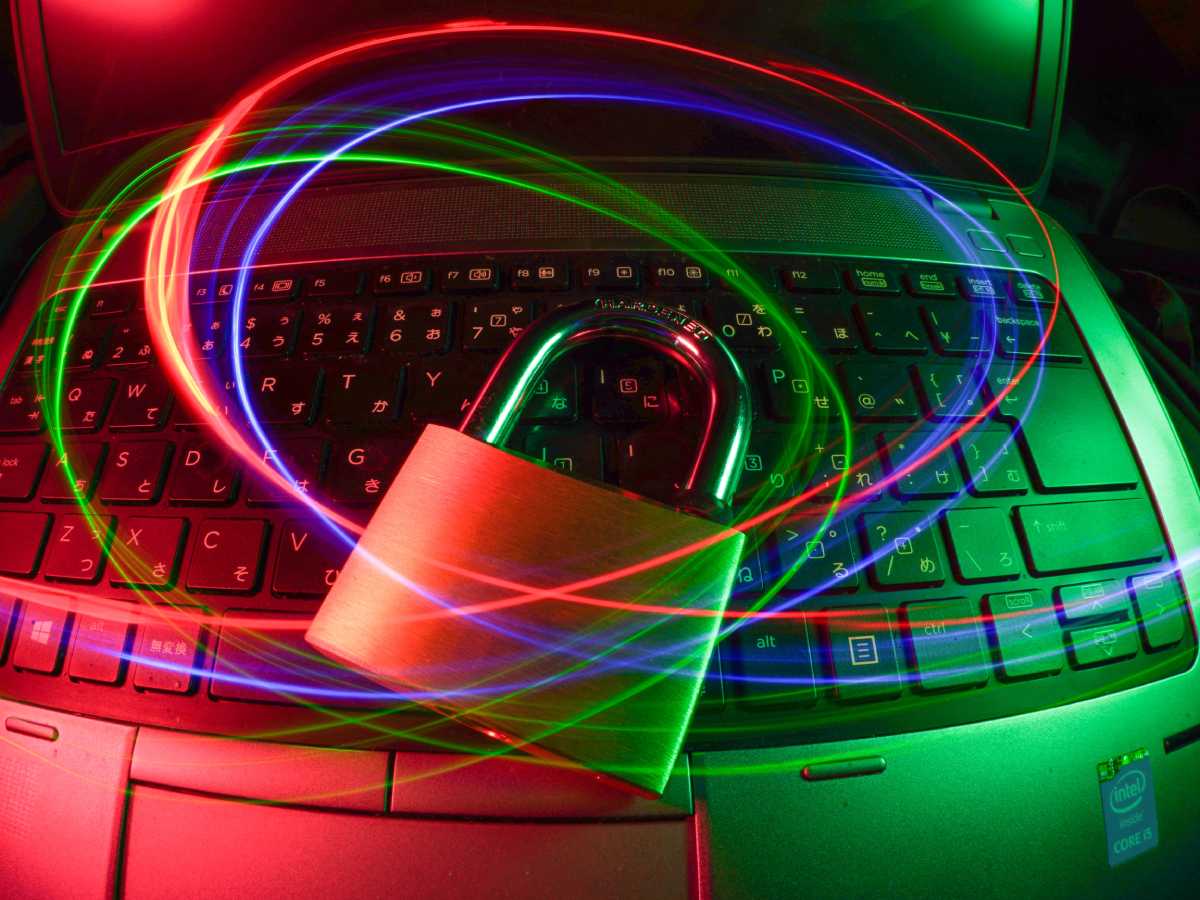Identity fraud, or theft, is a constant threat in our digital age. As personal data becomes more valuable, our online presence elevates the risk, necessitating increased vigilance.
In this article, we provide an overview of the risks to look out for, what to do if you’ve fallen victim to identity fraud, and how to protect your online identity and personal information from future malicious cyberattacks.
Identity Fraud Explained
According to the Office Of The Australian Information Commissioner (OAIC) identity fraud involves someone using another individual’s personal information without consent, often to obtain a benefit.
Identifying identity theft can be challenging. Unusual bank charges, suspicious emails requesting personal information, or unfamiliar product feedback calls could signal potential fraud.
A Growing Risk To Personal Data
Scammers employ inventive methods to extract personal data online. According to Eftsure, 1 in 15 people globally experiences identity fraud, highlighting escalating risks.
Closer to home, analysis carried out by the Australian Commonwealth Attorney General’s Department, estimated that identity crimes throughout the nation cost roughly $1.6 billion per year.
COVID-19 sparked a 55% surge in identity fraud in Australia, with half the population reporting fraudulent calls or texts seeking personal information.
Australian consumers, particularly those aged 35-44, are most susceptible to identity theft, losing the highest funds on mobile apps. Phone calls dominate reported cases, as per the ACCC Scam Statistics.
With statistics like these, it’s becoming increasingly essential to protect your online identity and to reduce your risk of falling victim to malicious attempts to steal your personal information.
What To Do If Your Identity Has Been Stolen
It’s important to note here that Scantek is not the go-to answer if you’ve fallen victim to identity fraud.
Whilst our Identity Verification software helps business owners verify personal data and authenticate documentation, responding to an identity theft scenario requires following up with unique authorities who are external to our business.
Here are our suggested pathways when reacting or responding to an identity theft situation in Australia.
- Report it to local authorities – Time is of the essence when dealing with identity theft so you should flag this immediately with the most relevant authority. Some examples include:
- Contact your local police station and provide as much information as possible
- ReportCyber – Raise a request via the Australian Cyber Security Centre.
- SCAMwatch – The ACCC’s online service for scam reporting/assistance
- Department Of Home Affairs – Australian immigration and customs border policy
- Tell your bank immediately – Alert your financial institution about potential financial risks; they have procedures for addressing issues and reversing transactions.
- Request a credit report – Requesting an updated credit report safeguards against unauthorized accounts and allows a ban period to restrict account activity.
- Request A Victim’s Certificate – Secure a victim’s certificate from the Commonwealth to bolster your claim with evidence before submitting to financial institutions or government agencies.
- Seek professional advice – There are a number of professional services available to help you navigate an identity fraud case, one of which is Australia’s national identity and cyber support service known as IDCARE
- Update your online information – This could be in the form of updating your passwords, changing your login details, creating a new email address and closing unauthorised accounts.
- Share the news – Tell your friends, family and colleagues about any breaches, especially if this means they’ve received any contact from your fake profile.
Limiting Your Identity Fraud Risk
Whilst future cyber-attacks for your identity and personal data are constantly imminent, especially in an increasingly digital world, there are ways you can limit your risk in future.
- Ensuring your keep your personal information as safe and protected as possible.
- Having strong passwords for your online accounts and changing them regularly.
- Activating Two Factor Authentication (2FA) on all devices, logins and services, in particular for your email and social media accounts.
- Maintaining stringent records of all financial spending including bank statements, receipts, tax returns and other financial documentation.
- Checking in on your financial statements regularly to identify rogue transactions.
- Keeping personal information (like your date of birth) private or secure on public forums like social media.
- Ensure your computer has updated antivirus, regularly scanning for risks and phishing attacks to safeguard against potential threats.
- Keeping your personal data safe and secure when dealing with any external parties.
- Being mindful of doing any sensitive browsing whilst using public Wi-Fi hotspots in case they are not secure.
Mitigate identity fraud risk by using common sense, staying cautious in online transactions for ongoing security.
The Risks Of Identity Theft In Social Media
Cybercriminal activity is on the rise, and one of the target areas of concern is social media.
Active social media sharing exposes personal information, providing cyber criminals an opportunity to steal your identity. Be cautious about publicly sharing sensitive details to mitigate risks.
Owning a social media account and posting publicly poses identity fraud risks. Mitigate them by following best practices recommendations consistently.
Be Smart About Your Personal Data
Digital society heightens identity crime risk; stay cautious. Yet, ample support guides consumers for protection.
Practice wise online behavior, rely on professional support, and safeguard personal data for security in the digital economy.
If you are a business in need of an easy solution to ensure your customers are who they say they are, we welcome you to check out our unique Identity Verification software.






